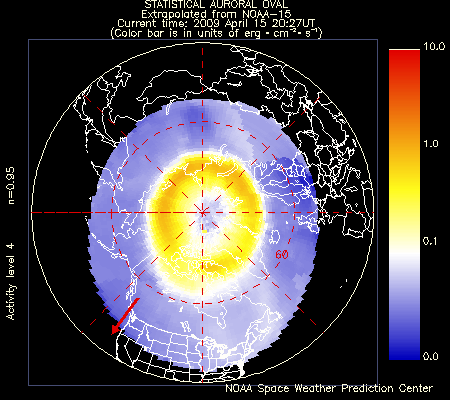 |
|||||||||||
|
|||||||||||
|
Propagation Overview
It has never been a secret that long-range communication in the amateur bands is primarily dependant upon the ionosphere, however it is essential to visualize the structure of the ionosphere and to understand more thoroughly the basic theory behind the usage of sky-wave methods of transmission if effective use the ionosphere is to be made. The Ionosphere's Structure The ionosphere's overall structure consists primarily of three ionized layers ranging from 35 to 215 miles or so above the earth. The region lowest in height found at about 35 miles extending to 70 miles is called "D" layer and for all practical purposes, is useless to the amateur. Instead of reflecting radio waves, the "D" layer acts as an impediment and attenuates the signals strength to sometimes completely absorting 80 and 160 meter signals . Sunspot Cycles and Ionospheric Variations Ultraviolet radiation from the sun is believed to be the source of energy which ionizes the ionospheres numerous layers. This belief is constituted on the basis of what is known as the 11-year sunspot-cycle. Over a period of a few years, the number of sunspots increases to a peak and then gradually declines, like this moment. The duration from one sunspot peak to another usually covers about 11 years. During its peak , communicating conditions are excellent especially for 20, 17, 15, 12 meters bands and are even better on 10 meters. We are approaching to the sunspot down and for worst conditions, contacts should be not so good. at a sunspot minimum or "sunspot dip" communicating ranges e poor with very few band openings. There also exist what is known as ionospheric storms and when they occur, the critical frequencies drop considerably and absorption of radio signals in the ionosphere is substantially increased. These ionospheric storms are resultant of certain sunspot activity. They usually last from few hours to several days. Propagation Data If the amateur has in his shack a wealth of propagation charts or just on or two of them, he will be much better off than the other amateur who doesn't have any. By a simple connection through internet to the Institute for Telecommunication Sciences and Astronomy, you can receive regularly prediction muf's for the upcoming days and other information.
|
|||||||||||



